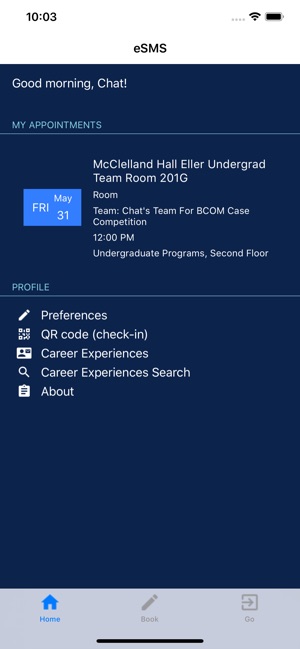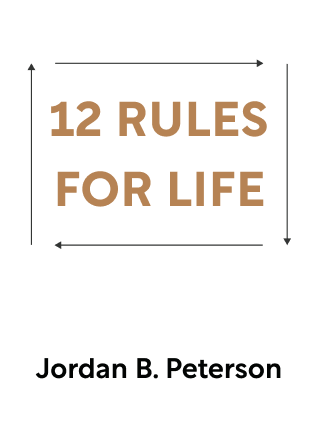
Mobilizing can be a very effective way to treat chronic pain and injuries. It provides just enough stimulation to allow the body to heal itself without overwhelming it. It can reduce recovery times by mobilizing quickly after injury or surgery. Mobilization is a great way to prevent and treat chronic pain and muscle knots.
Resource mobilization theory
Resource mobilization can be described as the process of obtaining resources at a resource provider to accomplish a predetermined goal. You can use a variety techniques and mechanisms to mobilize resources. Humanitarian assistance is one of the most popular uses of resource mobilization. There are many other possible uses for resource mobilisation theory.
The resource mobilization theory stresses the importance of coordination and strategic effort as the key to mobilizing resources and achieving collective action. Although individual resources are different, a group can use the available resources efficiently to compensate. Additionally, a variety of resources can increase the chances of collective action.

Mobilization of the entire community
Mobilization of the community is an essential part of any emergency plan. This involves engaging the community, as well as involving citizens and leaders into decision-making. The seven stages of community mobilization include the exploration of community needs and resources, setting priorities and planning, action and evaluation. It also encourages responsible governance as well as accountability and peaceful changes.
It is essential to know the contexts where community mobilization takes effect. Sometimes, countries are in conflict or undergoing socio-economic change. Community mobilization efforts must consider both negative and positive tensions. They should also include all members of the community. It is essential to take steps to reduce negative effects of community mobilization efforts and adhere to the "Do No Harm” principle at all costs.
Military mobilization
Military mobilization is a process that the government uses to prepare its military for war. This includes training and gathering manpower as well as organizing equipment and supplies. A government may mobilize all of its armed force or a fraction within a certain timeframe. Selective mobilization refers to the act of gathering a large number of civilians and soldiers to combat a particular threat. This type of mobilization might be necessary for a certain time frame, such as when a national disaster occurs.
Mobilization became a political topic in the 19th-century. Technological advancements such as the telephone and railways made it simpler to coordinate and arrange military forces. The Roman Republic was able to mobilize between six and ten percent of its population in times of crisis. Conscription, although not widely accepted at the time was used to ensure a well-trained reserve in case of war.

Evaluation of mobilization effort
It can help determine if a knowledge mobilization initiative was successful. Ultimately, it can help to assess the impact of KMb efforts by providing information that can help to improve future efforts. Evaluations of KMb activities can help to change the beliefs and collaborate between knowledge producers/users.
An evaluation of a community mobilisation effort should include the goals and strategies of each component, along with their impact. This can be accomplished by taking a variety of measures, including the number of actions taken, level of community participation, the total number of outcomes, and perceived ownership of the work. It can also be used to assess whether there have been any positive changes in the community.
FAQ
What is the difference between a coach and a therapist in life coaching?
A life coach is there to help you make better decisions and live a better existence. They help you learn how to manage your emotions and behaviors to improve your relationships. The goal is not just to make people feel better but also to teach them how to do this on their own.
A therapist is trained in treating people who have emotional issues, such as trauma, depression, anxiety, or other mental health problems. These issues are understood by therapists, who can then provide treatment for them.
Although life coaches are trained in treating mental illnesses, they work with individuals. However, many life coaches have had some experience working with people suffering from depression, anxiety, or any other psychological disorder.
What will I get from my life coaching session?
Your goals and needs will be discussed during your first coaching session. We will then discuss your goals and help you identify obstacles that may be preventing you reaching those goals. Once we've identified any problem areas, we'll create a plan for you to reach your goals.
We will be checking in on you every month to see if everything is going as planned. Please let us know if there are any issues.
We're here to guide you through the process. You'll always feel supported.
How many clients should a Life Coach have?
Your coach role is to learn about yourself. As a coach, it is essential to constantly learn about yourself and improve your skills. You'll always be ready to help others.
Your goal is to build a solid business by building a strong foundation. To do this, you must first understand what makes you tick and how you operate best.
Once you know your motivations, it will be easier to motivate team members and clients.
It is important to have at most 5-10 clients. However, if your business is doing well, you may have over 100 clients.
How effective are life coaches
Life coaches are useful because they can help us understand our motivations, and show us how to achieve them. You can also learn strategies to overcome obstacles.
They enable us to set realistic goals for ourselves and track our progress towards these goals.
Life coaching helps people become more self-aware, which allows them to make better decisions and know their own limitations. It also helps people improve their relationships and deal effectively with difficult situations.
Statistics
- 80 percent of respondents said self-confidence improved, 73 percent said relationships improved, 72 percent had better communication skills, and 67 percent said they balanced work and life better. (leaders.com)
- If you expect to get what you want 100% of the time in a relationship, you set yourself up for disappointment. (helpguide.org)
- According to relationship researcher John Gottman, happy couples have a ratio of 5 positive interactions or feelings for every 1 negative interaction or feeling. (amherst.edu)
- People with healthy relationships have better health outcomes, are more likely to engage in healthy behaviors, and have a decreased mortality risk.1 (verywellmind.com)
- Life coaches rank in the 95th percentile of careers for satisfaction scores. (careerexplorer.com)
External Links
How To
What does a life coach do?
A life coach is someone who helps people improve their lives through advice on personal development and career guidance, relationship counseling or business coaching, financial planning, wellness, and other topics.
A life coach provides support and assistance for individuals who are looking to make positive changes in their lives. A life coach can also help those who are struggling with anxiety, depression, addiction, grief and stress, loss, trauma, trauma, or any other issues.
Life coaches may use a variety of methods to assist clients in achieving their goals. The most popular methods include motivational interviewing (MI), goal setting, self-reflection, assertiveness training, cognitive behavioral therapy, emotional intelligence, mindfulness meditation, and others.
The practice of life coaching emerged as an alternative to traditional psychotherapy. While they may charge less than therapists for similar services, coaches are often cheaper than those who provide therapy. Life coaches can specialize in particular areas like parenting or love relationships. Some coaches focus exclusively on working with adults, while others work primarily with children or teens. Other coaches could be trained in areas such as nutrition, exercise, performance, education, and sports performance.
Coaching life includes the following:
-
People helping them achieve their goals
-
Enhancing relationships
-
Problem solving
-
Overcoming challenges
-
Improving mental well-being
-
Learning new skills
-
Building confidence
-
Motivation - Increasing
-
Building resilience
-
Finding meaning in life
-
Making healthy lifestyle choices
-
Reducing stress
-
Managing emotions
-
Discovering strengths
-
Enhancing creativity
-
Work through changes
-
Coping with adversity
-
How to resolve conflicts
-
Peace of Mind
-
Improving finances
-
Boosting productivity
-
Fostering happiness
-
Maintaining balance in life
-
How to navigate transitions
-
Strengthening community connections
-
Being resilient
-
Healing from your losses
-
Finding fulfillment
-
Optimizing opportunities
-
Living well
-
Leadership
-
Your success is yours
-
Success at school and work
-
How to get into college and graduate school
-
Moving forward after divorce